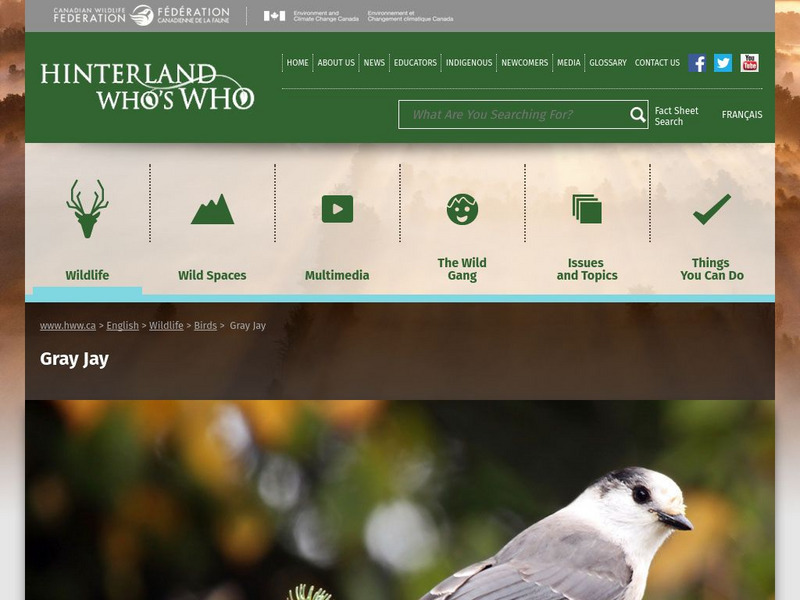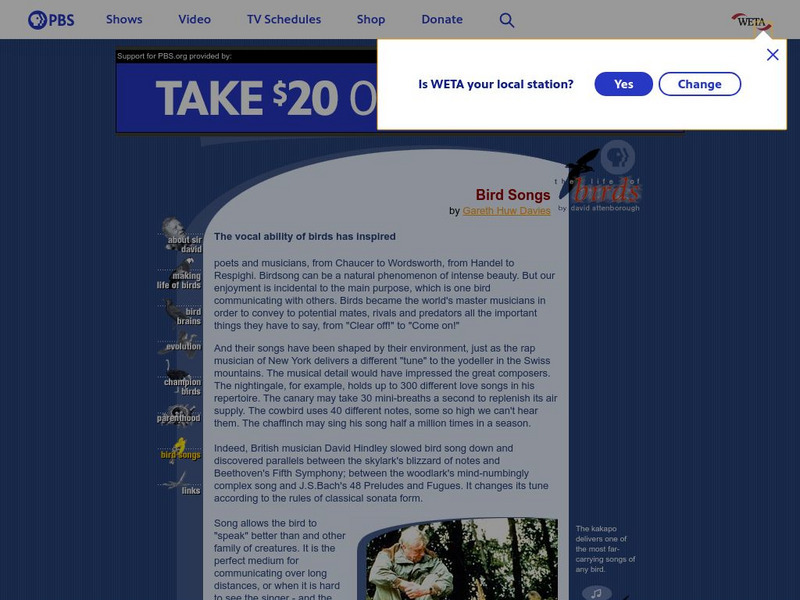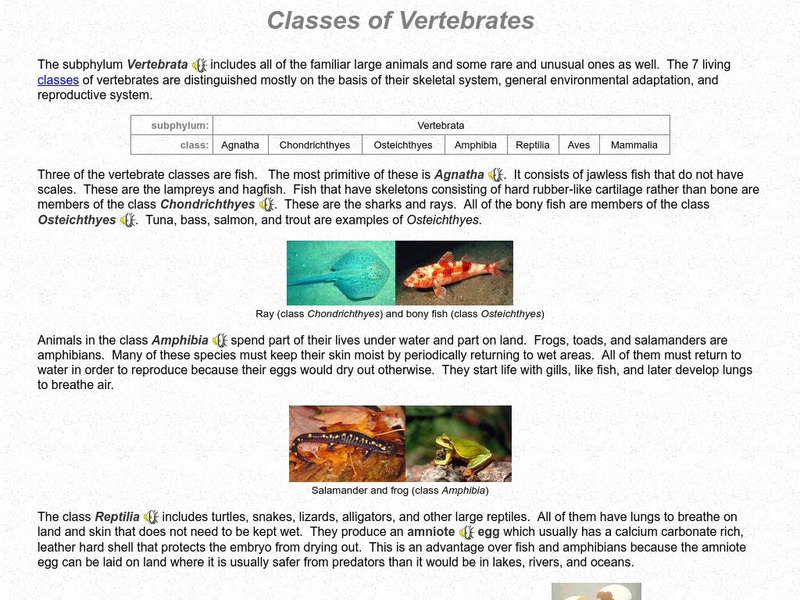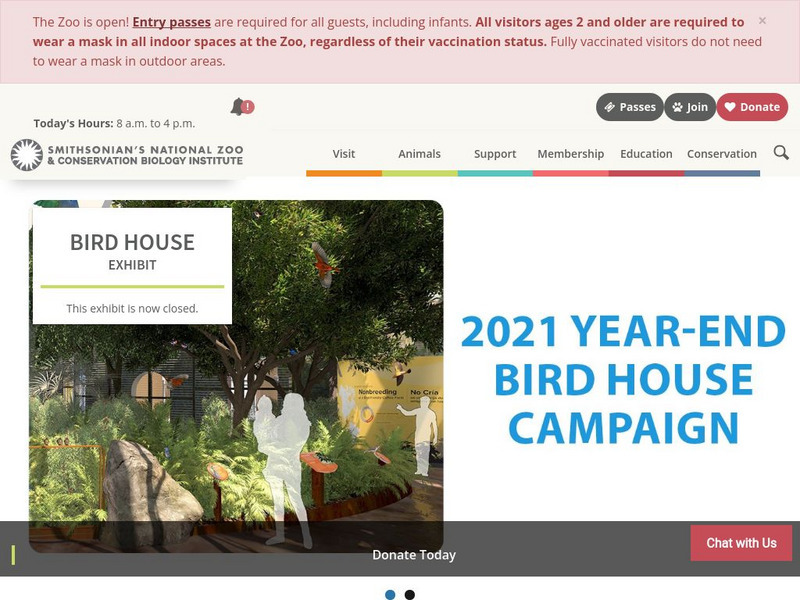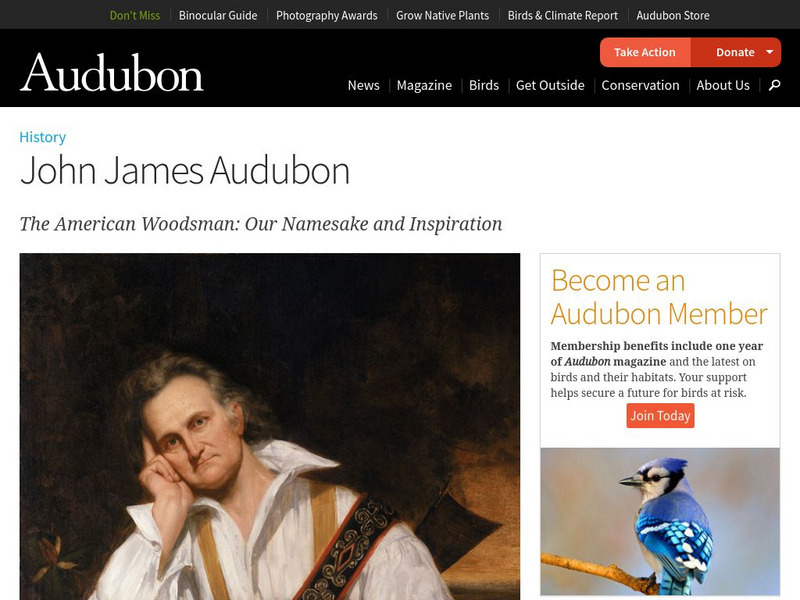Canadian Wildlife Federation
Hinterland Who's Who: Gray Jay
Get the facts about the Gray Jay. Previously known as the Canada Jay since it lives primarily in Canada?s northern forests, this bird is very similar to its close relative, the Blue Jay. Besides finding a detailed physical description,...
Canadian Wildlife Federation
Hinterland Who's Who: Downy Woodpecker
Get the facts about the Downy Woodpecker, eastern North America's most common woodpecker. Besides finding a detailed physical description of the smallest member of the woodpecker family, you'll also learn about some of this bird's unique...
Canadian Wildlife Federation
Hinterland Who's Who: Canvasback
Get the facts about the Canvasback, a wild duck who only lives in North America. Besides finding a detailed physical description of one of the fastest flying ducks, you?ll also learn about some of this bird?s unique facts and...
Canadian Wildlife Federation
Hinterland Who's Who: Burrowing Owl
Get the facts about the Burrowing Owl, a bird true to its name, who nests underground. Besides finding a detailed physical description of one of western Canada's most endangered birds, you'll also learn about some of this bird's unique...
Canadian Wildlife Federation
Hinterland Who's Who: Bicknell's Thrush
Get the facts about Bicknell?s Thrush. Besides finding a detailed physical description of North America?s least known birds, you?ll also learn about some of this bird?s unique facts and characteristics. Also included in this Bird Fact...
Encyclopedia of Earth
Encyclopedia of Earth: Ornithology: Macaroni Penguin
Information about the macaroni penguin: physical characteristics, behavior, reproduction, distribution, threats to survival, species status, etc. (Published Jan. 15, 2010)
PBS
Pbs: Bird Brains
PBS offers a look into the brains of birds. Examine each part of the brain and its function. Click an drag the brain to see a 3-D view.
PBS
Pbs: The Life of Birds
Online companion to the PBS program "The Life of Birds." In-depth look at certain behaviors of birds, the evolution of birds, birds as parents, and bird songs.
PBS
Pbs: Champion Birds
The PBS video series "The Life of Birds" is accompanied with this site. There are articles about several aspects of birds and their behavior. This one chronicles the highest, fastest, and most extreme birds. There are lots of examples.
PBS
Pbs: The Life of Birds: Bird Songs
The diversity of bird songs is covered in this article from the companion site to PBS's "The Life of Birds." They can communicate about size, aggression, territory, mating, food, and many other things and they can produce a range of...
National Audubon Society
National Audubon Society: Audubon Adventures: Wild About Birds
Colorful and engaging resources for learning about birds. There is a downloadable 4-page guide with information about John James Audubon, guidelines for how to observe and identify birds, and tips on how to be a friend to birds. There is...
Palomar Community College District
Palomar College: Class
In the animal kingdom, there are seven living classes in the phylum Vertebrata. The Palomar College shares detailed information on each of these classes. Includes examples and photos as well as a follow-up quiz.
Canadian Museum of Nature
Canadian Museum of Nature: How Do Birds Fly?
Have you ever wondered about how birds are able to fly? View three 3D animations to see a bird take off, flap in flight and glide. This is an excellent resource to develop an understanding of the physical forces that make this one of the...
Cornell Lab of Ornithology
Cornell Lab of Ornithology: Modern Extinctions on Mainland North America
Since 1850 North America has lost three bird species--the Labrador Duck, Passenger Pigeon, and Carolina Parakeet--and the continued existence of another three is unlikely, namely the Eskimo Curlew, Ivory-billed Woodpecker, and Bachman's...
Cornell Lab of Ornithology
Cornell Lab of Ornithology: Conservation Success Stories
Conservation success stories are now evident all over the world, attesting to the resilience that bird populations can exhibit when agents causing their declines are removed, and when birth and death rates come back into balance. Read...
Annenberg Foundation
Annenberg Learner: Journey North: American Robin
Use this resource to learn about Robins and track their migration. Information about Robin characteristics, life cycle, and migration. Includes migration map and the opportunity to report your sightings.
Smithsonian Institution
Smithsonian National Zoo: Birds
The Smithsonian National Zoological Park provides a detailed look at birds. Content includes a focus on the Zoo's bird house exhibit, as well as bird houses, flight cages, bird facts, bird information for kids, an FAQ section, a photo...
Cornell Lab of Ornithology
Cornell Lab of Ornithology: E Bird
A huge database is accumulating that can be used by educators and scientists to examine the status of bird populations in locations of their choosing. It is becoming a goldmine of information about bird biodiversity around the globe. All...
Canadian Museum of Nature
Canadian Museum of Nature: Bird Identification Clues
This resource will help you develop your birdwatching skills. It includes how to find birds, basic tips and how to use field marks such as patterns and colours to help distinguish species.
DOGO Media
Dogo News: Week of 3 10 14: Orphaned Pelican Learns to Fly With Some Human Help
Article reports on how humans are helping an injured and orphaned Great White pelican learn to fly and care for himself in the wild. Includes a brief video.
National Audubon Society
National Audubon Society: John James Audubon (1785 1851)
Read the story of John J. Audubon (1785-1851 CE), a talented man who grew up in Pennsylvania and dedicated his life to the study of birds.
National Audubon Society
John James Audubon's Birds of America
Here is the online version of John James Audubon's "Birds of America," as written by Audubon himself in 1840. The site includes the original artwork and text descriptions of each species of bird.
National Audubon Society
National Audubon Society: Audubon's Birds of America
The original text and artwork from Birds of America by John James Audubon, an 1840 edition. Includes families of birds and an alphabetical listing of birds. A section of now-extinct birds and one of state birds have been added.
DOGO Media
Dogo News: Scrunchies May Save Birds From Fiercest Predator
Read about a wearable device that may help prevent birds from being attacked and killed by cats. Includes video.
